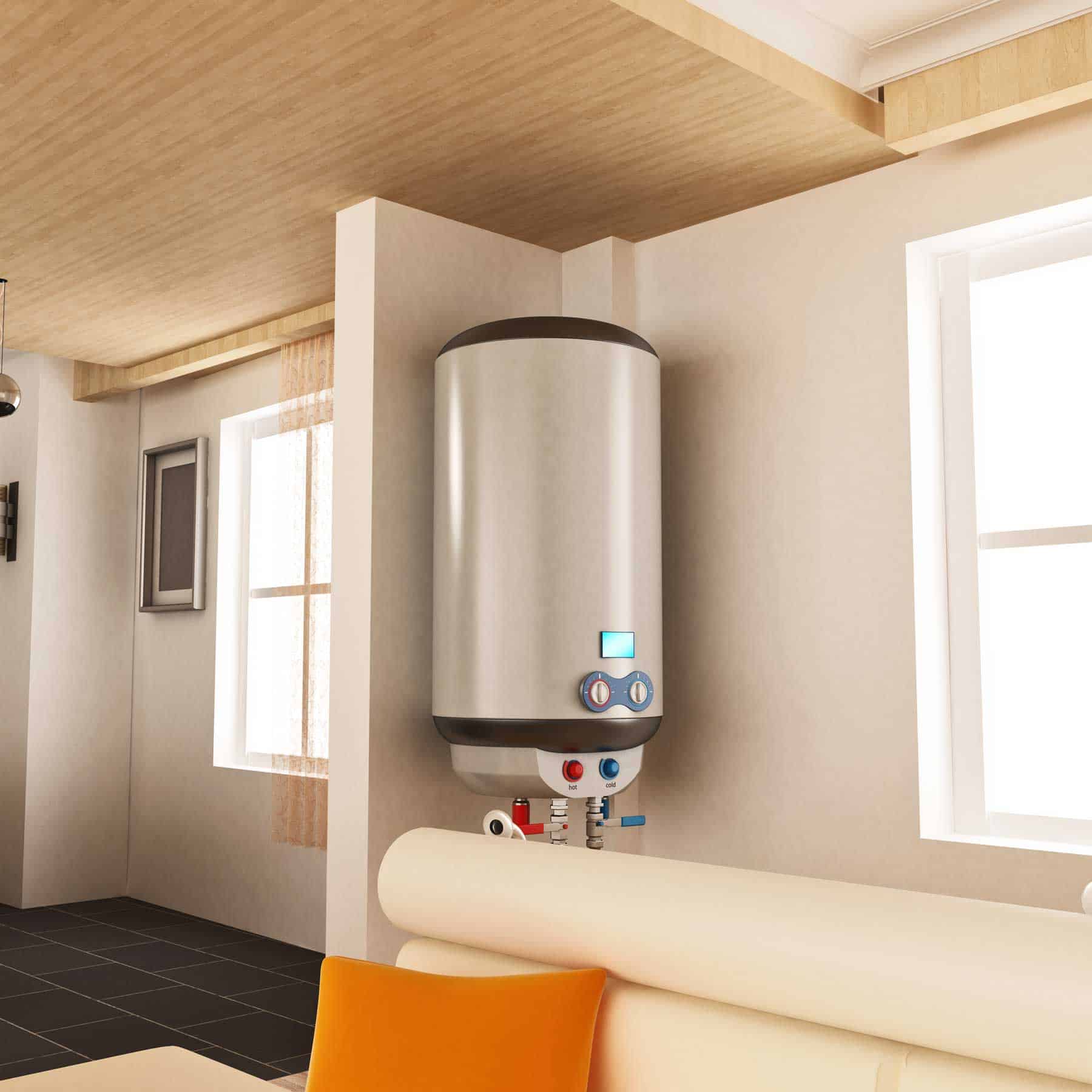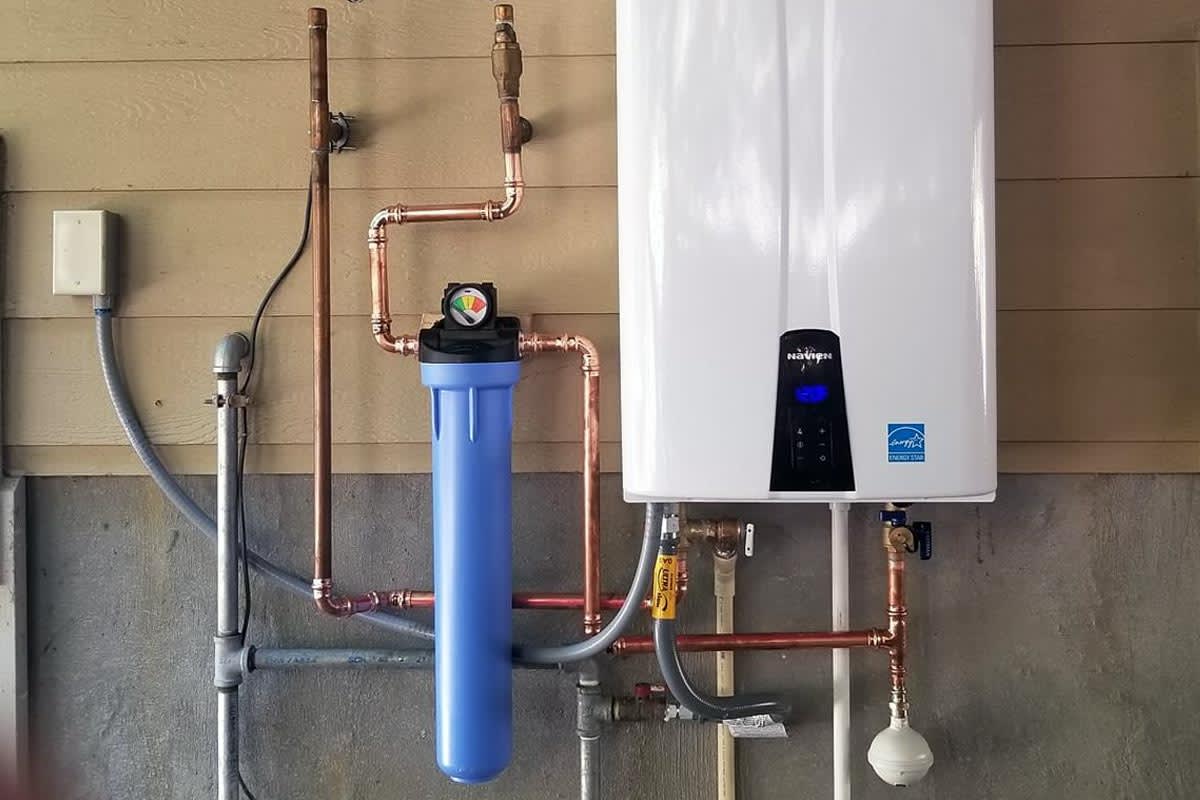Maintaining Your Home's Hot Water System: Essential GuidelinesEasy Guide to Maintaining Your Home's Hot Water System
Maintaining Your Home's Hot Water System: Essential GuidelinesEasy Guide to Maintaining Your Home's Hot Water System
Blog Article
This great article listed below about Tips on Maintaining a Water Heater is particularly engaging. You should investigate for yourself.

Warm water is essential for everyday convenience, whether it's for a revitalizing shower or washing meals. To ensure your warm water system runs successfully and lasts longer, routine maintenance is essential. This post gives useful ideas and understandings on just how to keep your home's warm water system to stay clear of disturbances and pricey fixings.
Intro
Keeping your home's warm water system may seem difficult, however with a couple of basic actions, you can ensure it operates smoothly for years to come. This guide covers everything from understanding your warm water system to do it yourself upkeep ideas and understanding when to contact expert assistance.
Significance of Maintaining Your Hot Water System
Normal upkeep not just prolongs the life expectancy of your hot water system but also guarantees it runs effectively. Overlooking maintenance can lead to decreased performance, greater energy bills, and even early failing of the system.
Indications Your Hot Water System Needs Upkeep
Understanding when your hot water system requires interest can stop significant problems. Watch out for indications such as inconsistent water temperature, strange noises from the heater, or corroded water.
Purging the Hot Water Heater
Purging your water heater eliminates sediment accumulation, enhancing effectiveness and extending its life.
Checking and Replacing Anode Rods
Anode poles protect against deterioration inside the storage tank. Checking and replacing them when broken is important.
Facility Problems Needing Professional Help
Instances consist of major leaks, electric troubles, or if your water heater is regularly underperforming.
Routine Specialist Upkeep Advantages
Professional upkeep can consist of extensive inspections, tune-ups, and making sure compliance with safety and security requirements.
Evaluating and Changing Temperature Level Settings
Readjusting the temperature settings ensures ideal performance and security.
DIY Tips for Upkeep
You can execute a number of upkeep tasks on your own to keep your warm water system in top condition.
Looking for Leaks
Consistently inspect pipes and links for leakages, as these can lead to water damages and greater expenses.
Recognizing Your Hot Water System
Before diving right into maintenance jobs, it's helpful to recognize the basic parts of your hot water system. Usually, this consists of the water heater itself, pipes, anode poles, and temperature controls.
Month-to-month Maintenance Tasks
Routine month-to-month checks can help catch small issues before they intensify.
Examining Stress Relief Valves
Evaluating the pressure safety valve guarantees it functions correctly and stops too much pressure accumulation.
Protecting Pipelines
Insulating hot water pipes minimizes warmth loss and can save energy.
When to Call an Expert
While DIY maintenance is helpful, some concerns require professional competence.
Verdict
Normal maintenance of your home's hot water system is important for efficiency, longevity, and expense financial savings. By complying with these pointers and recognizing when to look for professional help, you can guarantee a reputable supply of warm water without unanticipated disturbances.
How to Maintain an Instant Hot Water Heater
Before tinkering with your hot water heater, make sure that it’s not powered on. You also have to turn off the main circuit breaker and shut off the main gas line to prevent accidents. Also turn off the water valves connected to your unit to prevent water from flowing into and out of the appliance. 2. When you’re done, you have to detach the purge valves’ caps. These look like the letter “T” and are situated on either side of the water valves. Doing so will release any pressure that has accumulated inside the valves while at the same time avoid hot water from shooting out and burning your skin. 3. When the purge valves’ caps are removed, you have to connect your hosing lines to the valves. Your unit should have come with three hoses but if it didn’t, you can purchase these things from any hardware or home repair shops. You can also get them from retail stores that sell water heating systems. Read the user’s manual and follow it to complete this task properly. When the hosing lines are connected, open the purge port’s valves. 4. You should never use harsh chemical cleaners or solutions when cleaning your unit. Make use of white vinegar instead. It should be undiluted and you’ll probably use about 2 gallons. 5. Now flush your water heater. This task should probably take about 40 minutes. We can’t give you specific directions for this because the procedure is carried out depending on the type, model and brand of your heater. With that being said, refer to the user’s manual. 6. When you’re done draining the unit, you have to turn off the purge port valves again. Remove the hosing lines that you earlier installed on each of the water valves. Put the valve caps (purge port) back in their respective places and be very careful so as not to damage the rubber discs that are found inside these caps. 7. Now that everything’s back in place, check your user’s manual again to find out how to reactivate your water heating system. 8. Once it is working, turn one of your hot water faucets on just to let air pass through the heater’s water supply pipes. Leave the tap on until water flows smoothly out of it. https://www.orrplumbing.com/blog/2014/september/how-to-maintain-an-instant-hot-water-heater/

As a devoted reader about How to Maintain Your Water Heater & Prolong its Life, I thought sharing that piece was worth the trouble. Sharing is good. One never knows, you may just be helping someone out. Thanks a bunch for being here. Kindly stop by our site back soon.
Call Today Report this page